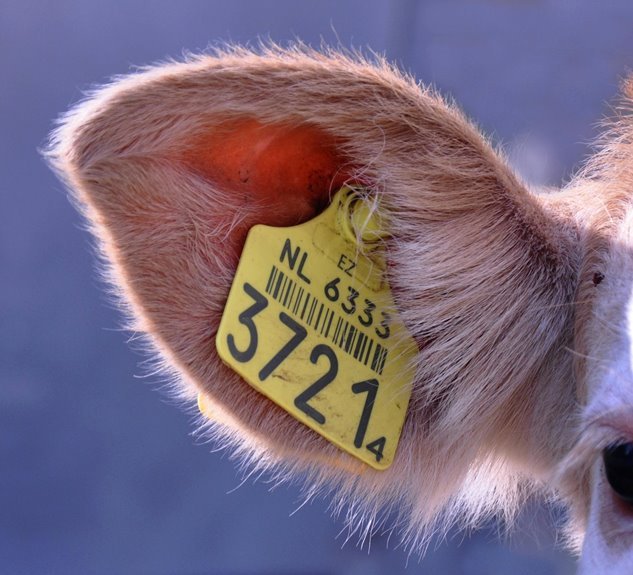The Fraud Detection Regulation Oversight Tracking Network utilizes specific identifiers such as 3518280281 and 3922788771 to enhance compliance monitoring in fraud prevention. This framework improves operational efficiency and enables rapid responses to potential threats. By focusing on regulatory adherence and analytics, it addresses evolving fraudulent tactics. Understanding these elements is crucial for organizations aiming to mitigate risks. The implications of these identifiers on future regulatory strategies merit further exploration.
Understanding the Fraud Detection Regulation Oversight Tracking Network
The Fraud Detection Regulation Oversight Tracking Network (FDRONT) serves as a critical framework for monitoring compliance with fraud detection regulations.
It identifies fraud indicators essential in assessing potential violations.
However, the network faces regulatory challenges, including adapting to evolving fraudulent tactics and ensuring comprehensive data integration.
Key Features of the Tracking Identifiers
While ensuring accurate fraud detection relies heavily on robust tracking identifiers, these features must be meticulously designed to enhance operational efficiency.
Effective tracking identifiers facilitate comprehensive fraud analytics, allowing for precise monitoring and immediate response to suspicious activities. Key attributes include unique numeric codes, real-time data integration, and adaptability to various systems, ensuring that organizations can maintain a proactive stance against potential fraud threats.
The Importance of Compliance in Fraud Prevention
Ensuring compliance with regulatory standards is essential for effective fraud prevention, as it establishes a framework for organizations to follow in their efforts to mitigate risks.
The compliance benefits include enhanced trust and reduced financial losses.
However, organizations face regulatory challenges that can complicate adherence.
Navigating these complexities is crucial for maintaining robust fraud prevention strategies that ultimately safeguard both entities and stakeholders.
Future Directions for Regulatory Frameworks
As regulatory compliance continues to shape the landscape of fraud prevention, future directions for regulatory frameworks are becoming increasingly relevant.
Emphasizing regulatory innovation, frameworks must adapt to rapid technological advancements, ensuring they remain effective against evolving fraud tactics.
A forward-thinking approach will empower organizations, fostering a balance between necessary oversight and the freedom to innovate, ultimately enhancing the collective defense against fraud.
Conclusion
In the intricate web of financial security, the Fraud Detection Regulation Oversight Tracking Network emerges as a vigilant sentinel, safeguarding against the shadows of deception. With its unique identifiers acting as beacons of compliance, organizations can navigate the murky waters of fraud with clarity and confidence. As this framework evolves, it not only fortifies stakeholder trust but also illuminates a path toward a resilient future, where the specter of financial loss fades into the background of proactive vigilance.




